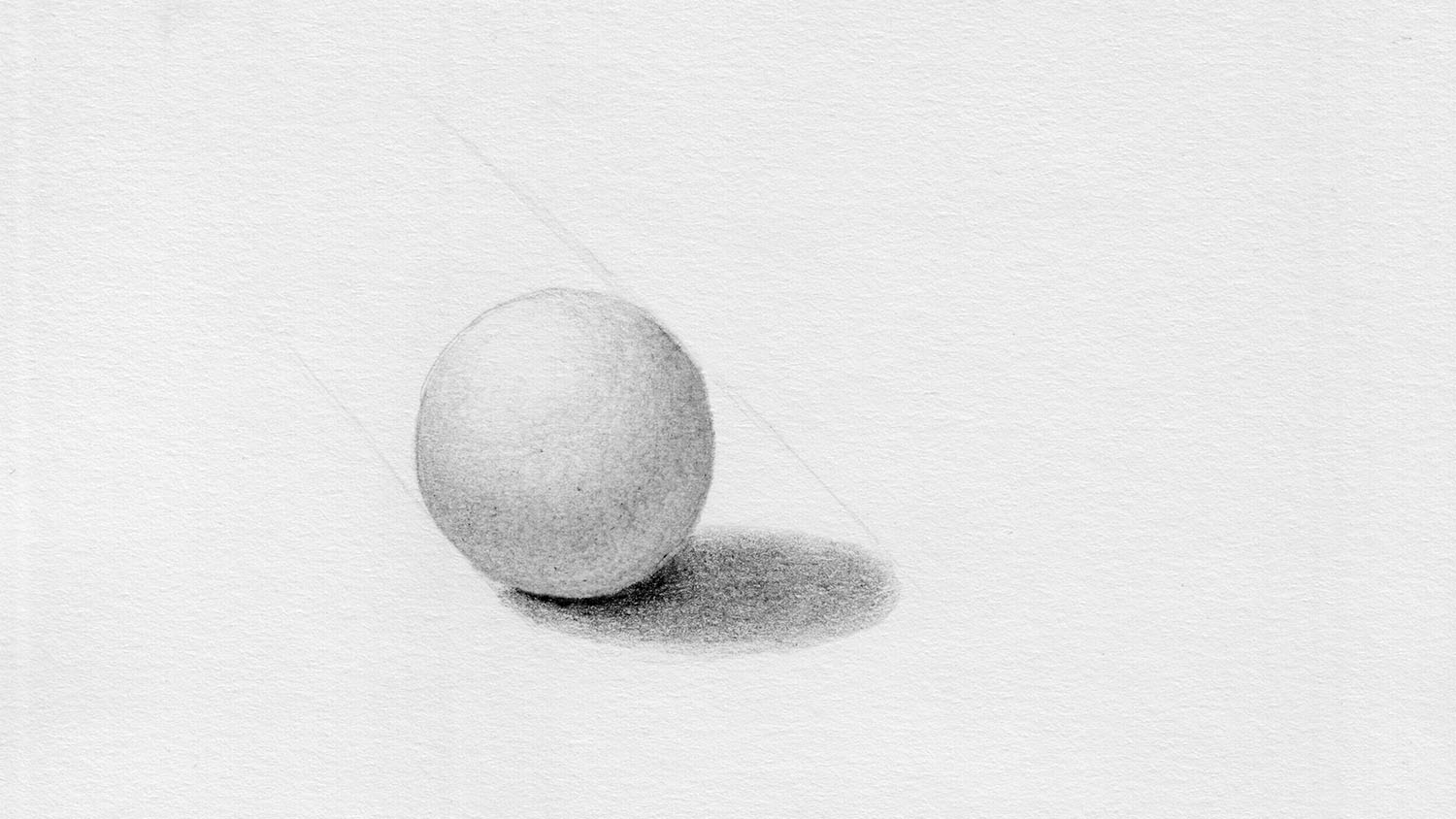
Drawing Light and Shadow
Learn how to draw different objects realistically
As an artist, one of the most important skills you can learn is how to use light and shadow in your drawings. This not only makes your artwork more realistic, but also gives it more depth and three-dimensionality. In this article, we’ll first go over the basics of light and shadow, what to look for when drawing, and then apply your newly learned skills in an exercise. So grab your pencils and paper, because we’re getting started!
The Basics of Light and Shadow
Remember that light always travels in a straight line and shadow can never exist without a light source, no matter how weak it may be. When it comes to light and shadow, the following five factors are most important to consider.
The Direction of the Light
The first thing you need to consider when drawing light and shadow is the direction of the light. It determines how long or short the shadows are, and where they are on the object.
If the light is coming from the side, the shadows are long and fall next to the object. If the light is coming from above, the shadows are short and fall below the object.
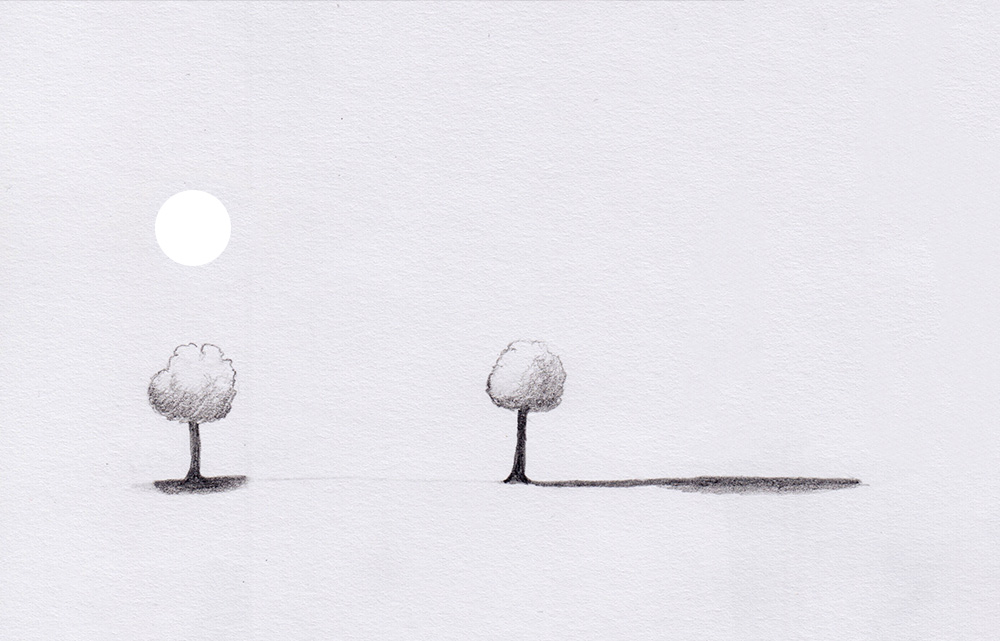
The Intensity of the Light
The intensity of the light also affects the shadows. A strong light source creates sharp, dark shadows, while a weak light source creates soft, light shadows.
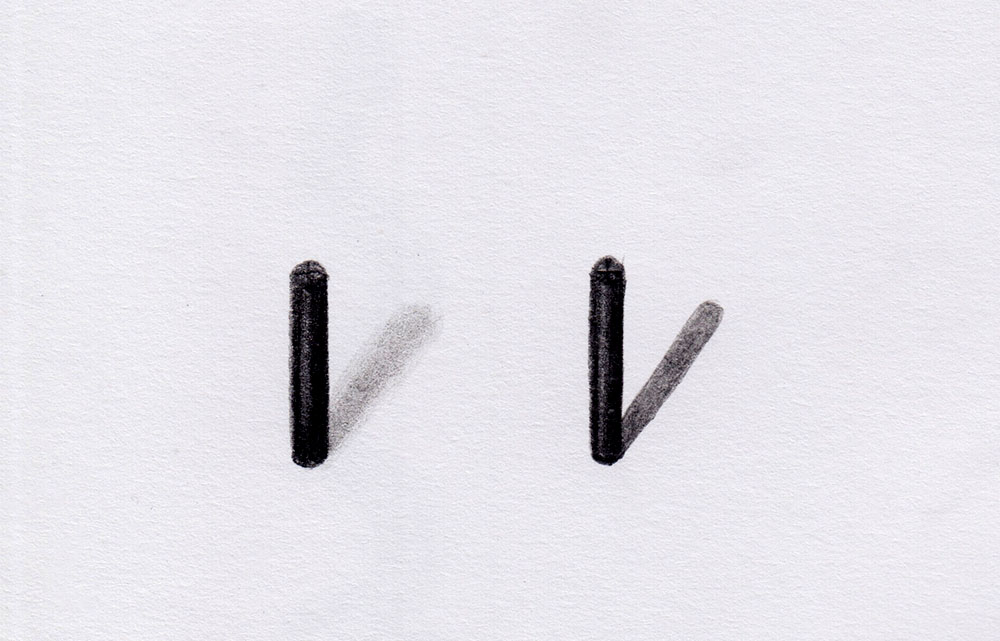
The Shape of the Object
As you can probably guess, the shape of the object also plays a role in how light and shadow are cast. A sphere casts a round shadow in the shape of an ellipse, while a cube casts a rectangular shadow in the shape of a trapezoid.
The Surface Characteristics of the Object
Another factor that affects shadows is the surface characteristics of the object. If the object has bumps or elevations, the shadows will be broken up and fall in different directions.
The Orientation of the Object
The last factor to consider is the orientation of the object. It determines how much light it reflects and where the highlights fall. If the object is very close to the light, it will reflect more light and have brighter highlights. If it is farther away from the light, it reflects less light and has darker shadows.
Exercise: Drawing Objects with Light and Shadow
For this exercise you will need:
- A simple object, such as a ball, dice, or cylinder.
- Daylight or an artificial light source
- Paper and pencil
Place your object in front of you so that you can easily draw on it. With both daylight and artificial light, make sure that the object casts a shadow that can be clearly seen. The protagonist for my exercise drawing is a simple ping pong ball and I use my cell phone tripod with lighting as the light source.
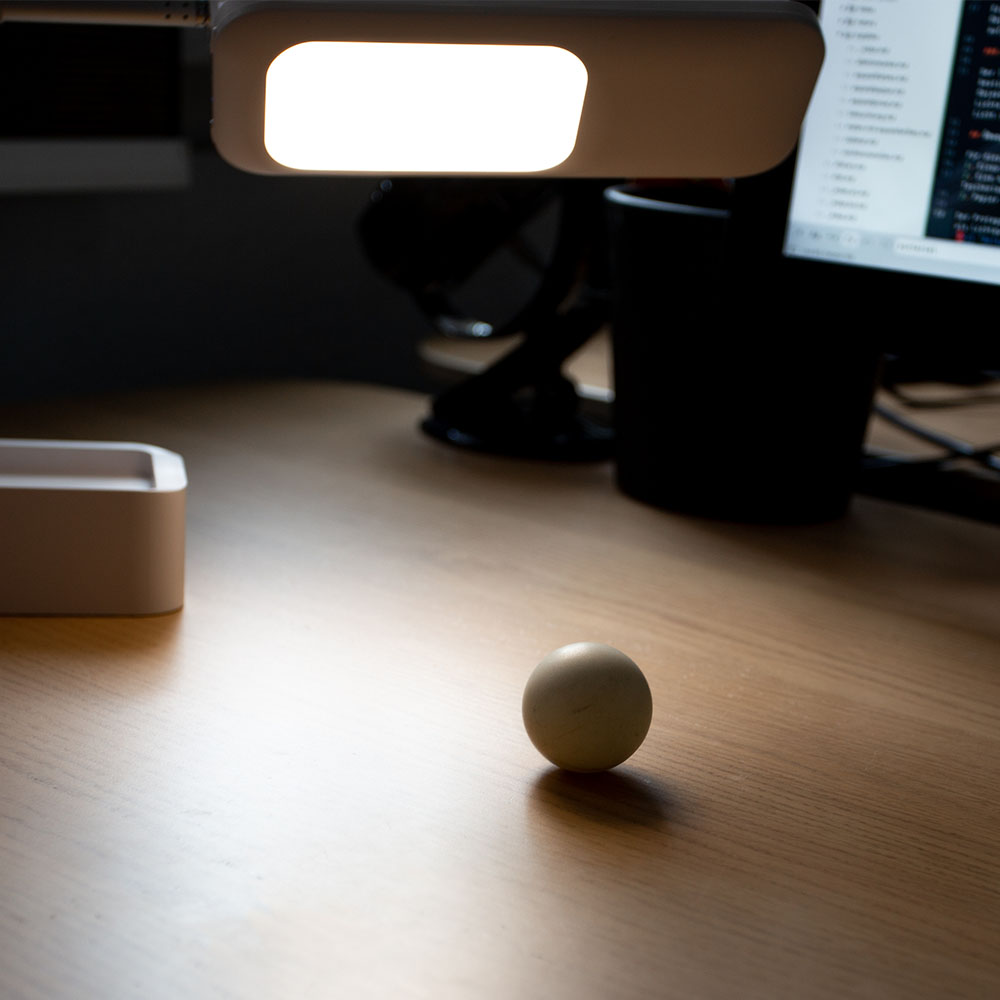
Drawing a Sketch of the Object
For our sketch, let’s just go through our five factors. Me for mine, you for yours.
- The direction of the light: For me, it comes from the upper left.
- The intensity of the light: My lamp scatters the light, because several LEDs sit next to each other. So the edges of the shadow are soft.
- The shape of the object: The ball casts a round cast shadow, the length of which I determine with 2 guides that follow the direction of the light and graze the edges.
- The surface features of the object: The ball has a uniformly smooth surface.
- The orientation of the object: the ball is very close to my lamp, light and shadow are clearly visible and the ball reflects the light.
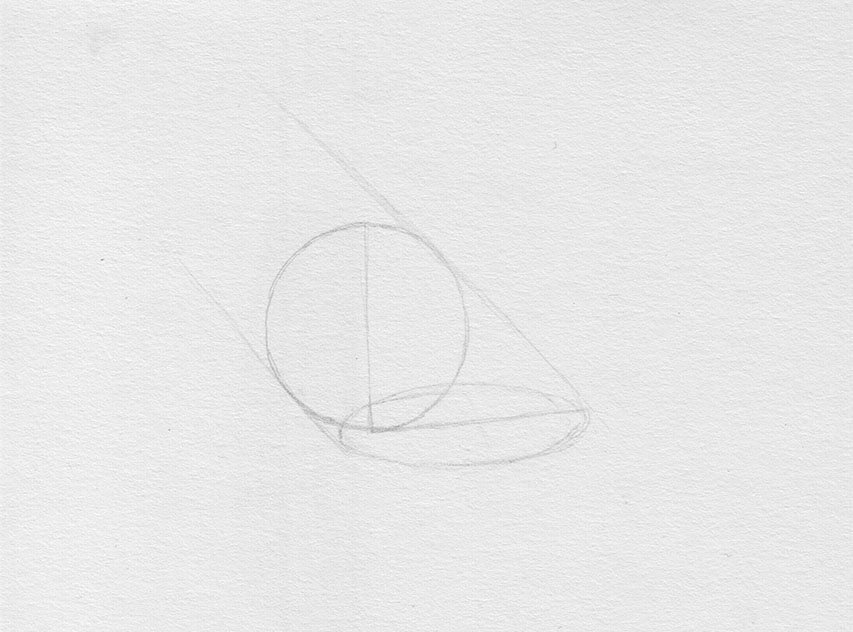
Drawing Light and Shadow on the Object
For this step, I recommend working with many different hardnesses of pencils, as this allows for particularly fine transitions. I use a spectrum from 4H to 2B.
When drawing the shadows on our object, there are still a few things to keep in mind. One might think that the side that is not facing the light can be completely covered with a shadow. However, the background also reflects light, so the bottom edge of our object should be drawn a little lighter again.
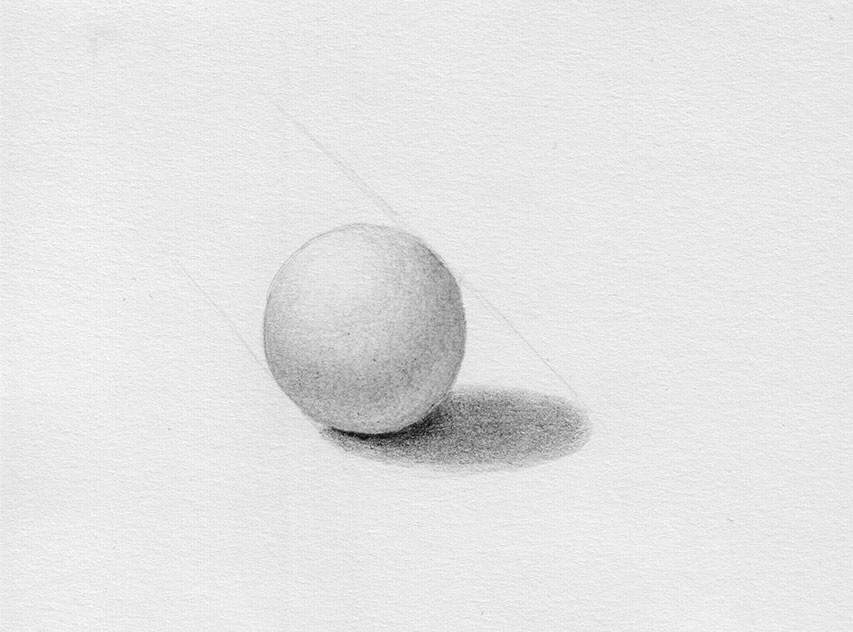
More Tips for Drawing realistic Light and Shadow
To be able to draw light and shadow with confidence, I recommend that you practice this regularly. First use simple shapes like a sphere, a dice, a cylinder or similar, as in our example exercise. Later you can use more complex shapes like a human head to practice.
It’s also helpful to set up your own small still life to try out different light sources and shadows. It’s best to use objects with smooth surfaces, as these create clear shadows.
Have fun practicing and I’m sure you’ll see progress soon!
Similar Posts